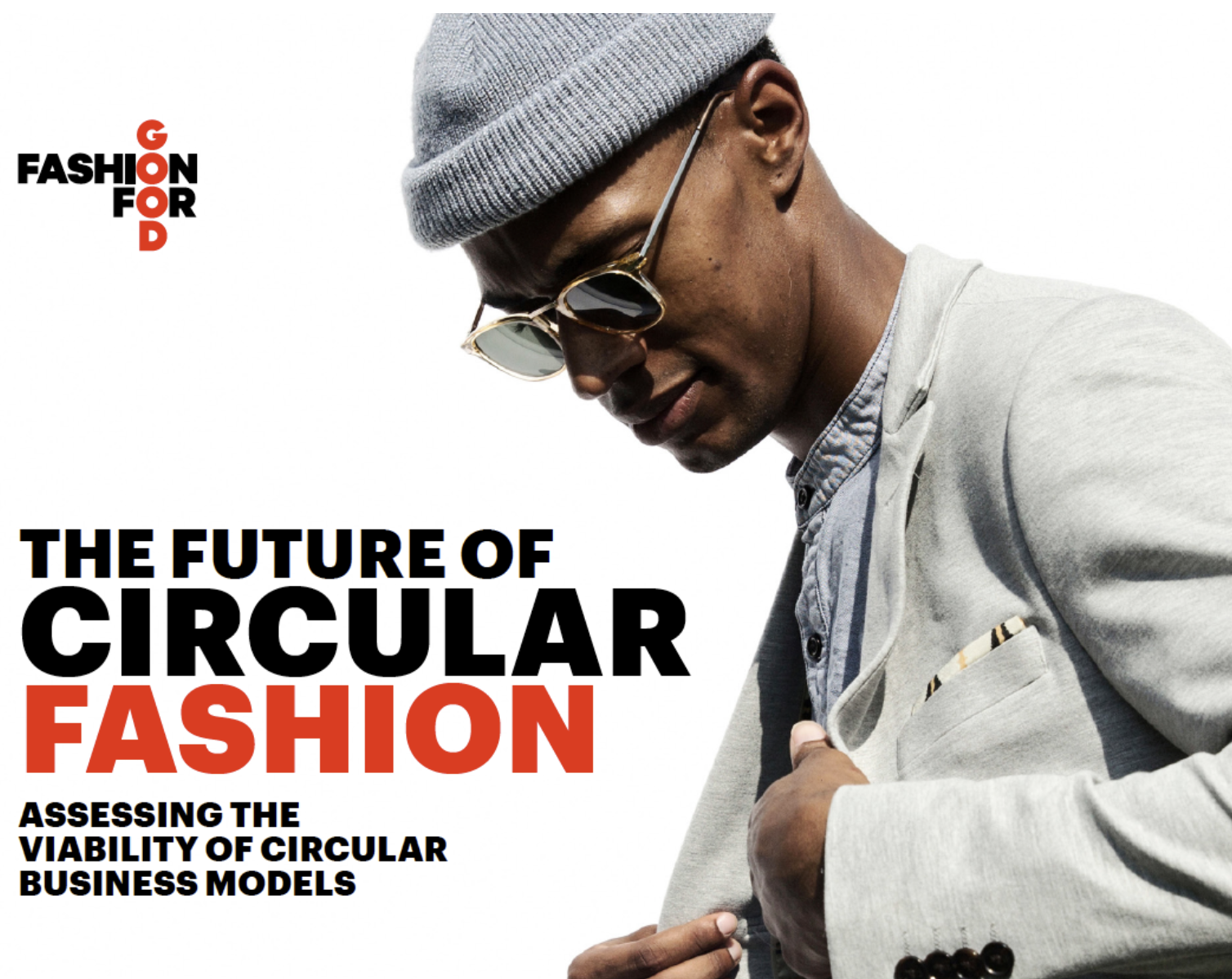Cirkulära Rapporter
Vill du att din cirkulära rapport ska finnas här eller saknar du någon relevant rapport?
Kontakta oss i så fall på info@cradlenet.se
Category
- december 2024
- juni 2024
- april 2024
- mars 2024
- november 2023
- oktober 2023
- augusti 2023
- mars 2023
- januari 2023
- oktober 2022
- september 2022
- april 2022
- februari 2022
- september 2021
- augusti 2021
- mars 2021
- februari 2021
- januari 2021
- september 2020
- december 2019
- september 2019
- maj 2019
- januari 2019
- maj 2018
- januari 2018
Morgondagens cirkulära flöden
Producerad av: RE:Source
Publicerad: December 2019
En hållbar materialförsörjning är en av de stora samhällsutmaningar RE:Source adresserar. Uppdraget bakom denna förstudie och framtidsanalys är att tillhandahålla en överblick av Framtidens material & morgondagens återvinningssystem.
En Cirkulär ekonomi inom planetens gränser förutsätter att vi sätter mål som får ner samhällets totala resursförbrukning. Då behöver vi veta var hävstångspotentialerna finns, vilket hör till det som utforskas i denna rapport.
Completing the picture; how the circular economy tackles climate change
Producerad av: Ellen MacArthur Foundation och Material Economics
Publicerad: 2019
“Renewable energy is not enough. There needs to be a fundamental shift in the global approach to tackling climate change and the circular economy can play an essential role.
Whilst the circular economy is underpinned by renewable energy, the paper concentrates on five key areas (cement, plastics, steel, aluminium, and food) to illustrate how designing out waste, keeping materials in use, and regenerating farmland can reduce these emissions. [The report] demonstrates how business leaders, policymakers, and investors can build a thriving and resilient economy while playing an essential role in reaching climate targets.”
Återbruksbarometern 2019 del 1
Producerad av: Björk&Frihet
Publicerad: 2019
“Återbruksbarometern 2019 består av två delar, varav denna första syftar till att ge utökad en bild av secondhand-handelns klimatpåverkan samt jämföra detta med tidigare forskning kring kläders klimatpåverkan. Undersökningen är gjord genom att först visa den ideella secondhand-organisationen Björkåfrihets utsläpp av koldioxidekvivalenter (CO2e), och därefter jämföra detta utsläppen som nyproducerade plagg ger upphov till.
The Circularity Gap Report 2019
Producerad av: Circle Economy
Publicerad: 2019
“Our world is only 9% circular and the trend is negative. The circularity gap is not closing. In 12 months since the launch of the first Circularity Gap Report, the upward trend in resource extraction and greenhouse gas emissions has continued and key indicators confirm that the problems of a linear economy are 'baked in' to the global economy and we are heading in the wrong direction.
On 22 January 2019, Circle Economy launches the second annual Circularity Gap Report in Davos during the World Economic Forum Annual Meeting. In the report, Circle Economy positions the circular economy as a tool for the paradigm shift we so desperately need. It offers the prospect of a global economy which is regenerative and abundant.”
Outline of the Circular Economy
In many countries, governments are looking for ways to change their economy into one that is circular, or to improve the level of resource efficiency (e.g. see the EU programme ‘Closing the loop’ or the World Circular Economy Forum). To do so effectively, having an overview of the current state of circular activities in the economy is important. To date, such an overview has been lacking. This PBL report provides an outline of the current state of the circular economy in the Netherlands.
The Future of Circular Fashion
Producerad av: Fashion for Good och Accenture
“Fashion for Good, in collaboration with Accenture Strategy, today launch a new report, “The Future of Circular Fashion: Assessing the Viability of Circular Business Models“, that for the first time explores the financial viability of circular business models in the fashion industry. The study looks into three different models – rental, subscription-rental and recommerce, to assess the financial viability of each when adopted in four different market segments – value, mid-market, premium and luxury. With established brands and retailers being slow to adopt circular models, the report presents further incentives for implementation, helping to identify where circular models are attractive today and the critical levers to enhance their viability in future.”
Cities and Circular Economy for Food
Producerad av: the Ellen MacArthur Foundation
Publicerad: 2019
“By making great strides in productivity, the industrial food system has managed largely to meet the demands of a growing global population. However, this approach to food production, and the management of food by-products, is endangering biodiversity and human health. It has become clear that this food system is no longer fit for the 21st century and that a new model is required.
Launched at the World Economic Forum Annual Meeting 2019 in Davos, Cities and Circular Economy for Food explores the benefits of the transition to a regenerative food system. With analytical support from SYSTEMIQ, the research outlines a vision underpinned by circular economy principles, where food production improves rather than degrades the environment.







